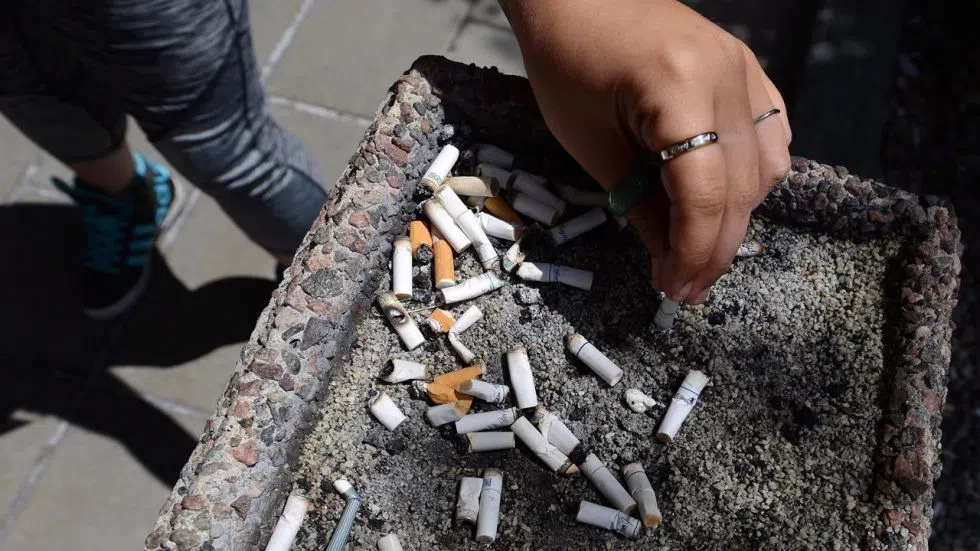
UPDATED:Teen smoking a concern for Saskatchewan government
A recent survey completed by Statistics Canada has revealed teenagers in Saskatchewan are smoking at rates much higher than the national average, and the Canadian Cancer Society believes the Saskatchewan government is partially to blame.
The survey found that 22 per cent of Saskatchewan teenagers between the ages of 15 to 19 have smoked cigarettes, which is far above the national average of only eight per cent.
Representatives from the Canadian Cancer Society have criticized the Saskatchewan government for the lack of updated legislation when it comes to tobacco products in the province and have asked the public to contact their local MLA to prompt change.
Speaking to reporters, Health Minister Jim Reiter said youth smoking was an issue the Saskatchewan government was heavily invested in, and added he was troubled by the recent survey results, but believed the government was taking steps in the right direction to lower the numbers.


